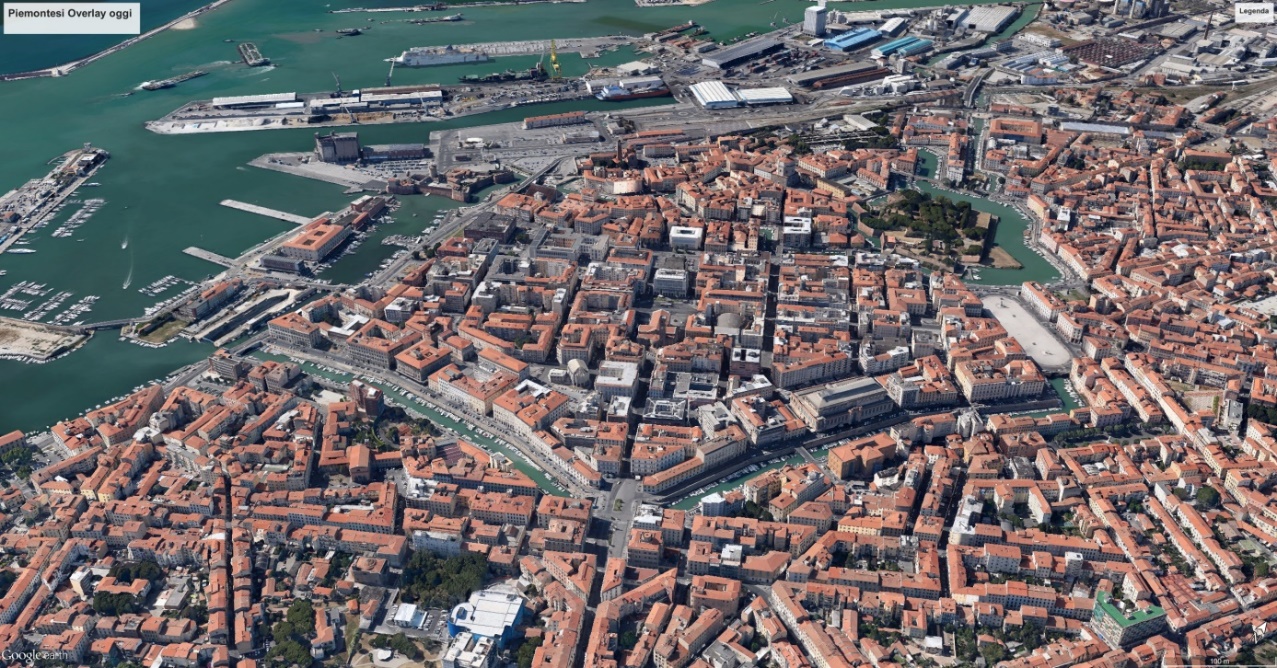The “Venezia Nuova” district in Livorno, Italy. The role of the Dominicans in the urban development of the city
Maria Grazia Turco

Abstract
The paper analyses, through a study of the Dominican convent in Livorno, the development of this city, from the 17th century, when the Friars established there. They reached Livorno, a maritime trading center, and obtained from the Grand Duke Cosimo III, in 1695, a land in an expanding area, the “Venezia Nuova”. The Dominicans found an urban structure which was particularly appealing to their religious activities and their desire to expand. Indeed, this area had developed to suit the merchant class needs. After the suppression of the Dominican convent, this complex was assigned to the Ecclesiastical administration. During the French dominion (1808-1814), the structure was turned into a prison until a few decades ago. A recent restoration on the ex-Dominican convent, which aim was the transformation of the edifices into a new site for the State Archives, gave the opportunity to know the Religious complex. Nowadays the area still provides great potential, deriving from a perfect synergy between architecture, urban environment and the city. This “value” relationships need to be recovered in a future project that will reinterpret the site and foster retrieving both the functional use and the valorization of the architecture within the entire urban center.
Turco, M.G. “The “Venezia Nuova” district in Livorno, Italy. The role of the Dominicans in the urban development of the city.” In International Planning History Society Proceedings, 17th IPHS Conference, History-Urbanism-Resilience (Delft, 17-21 July 2016), edited by C. Hein. Delft, 2016. 105-116. http://dx.doi.org/10.7480/iphs.2016.3.1256



